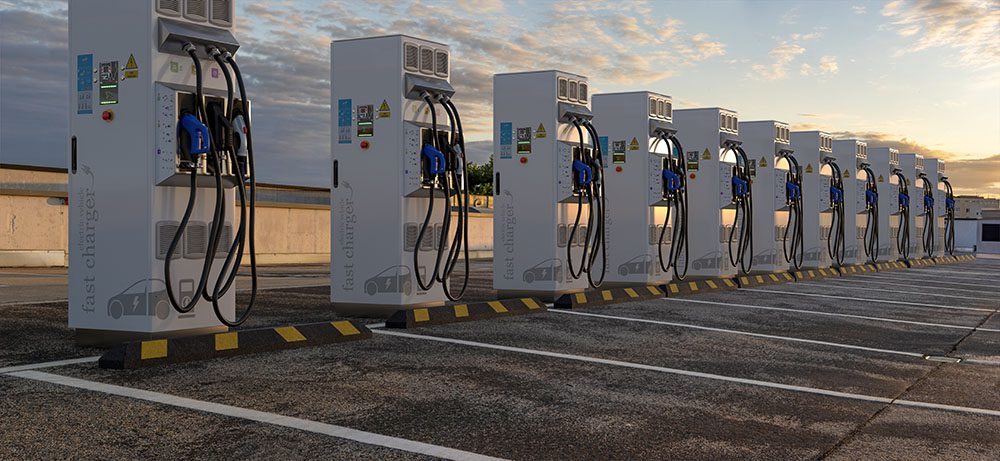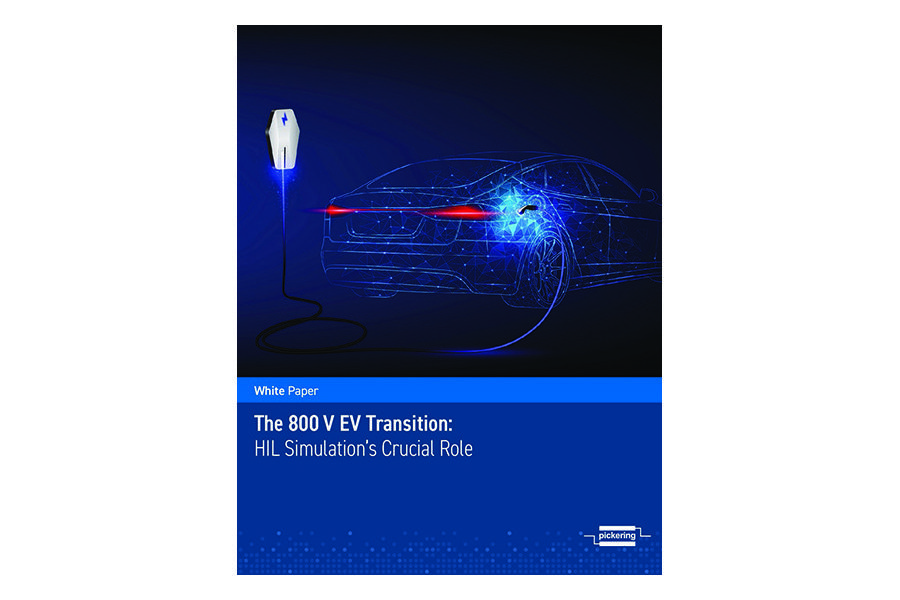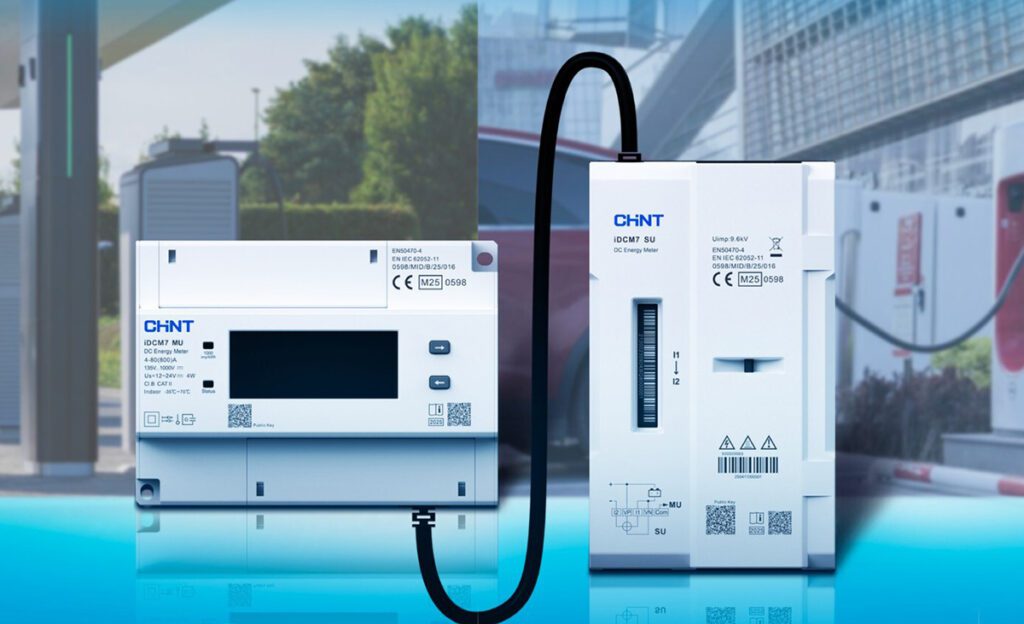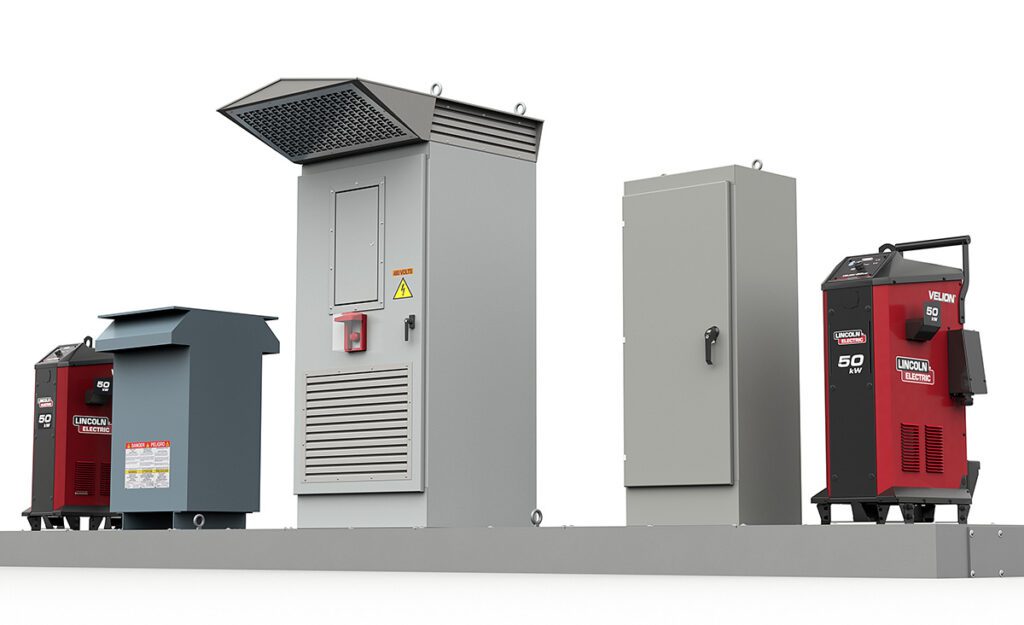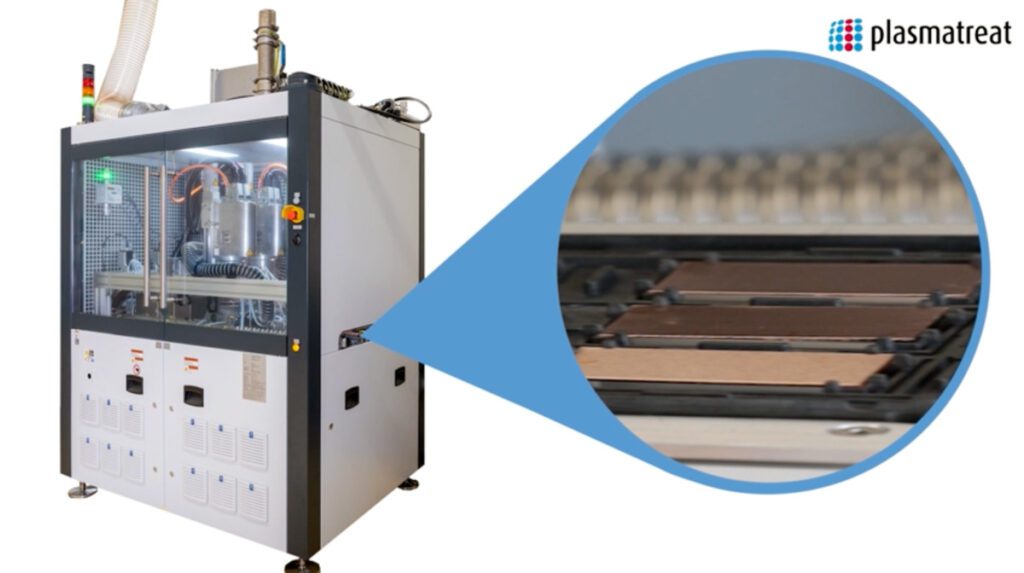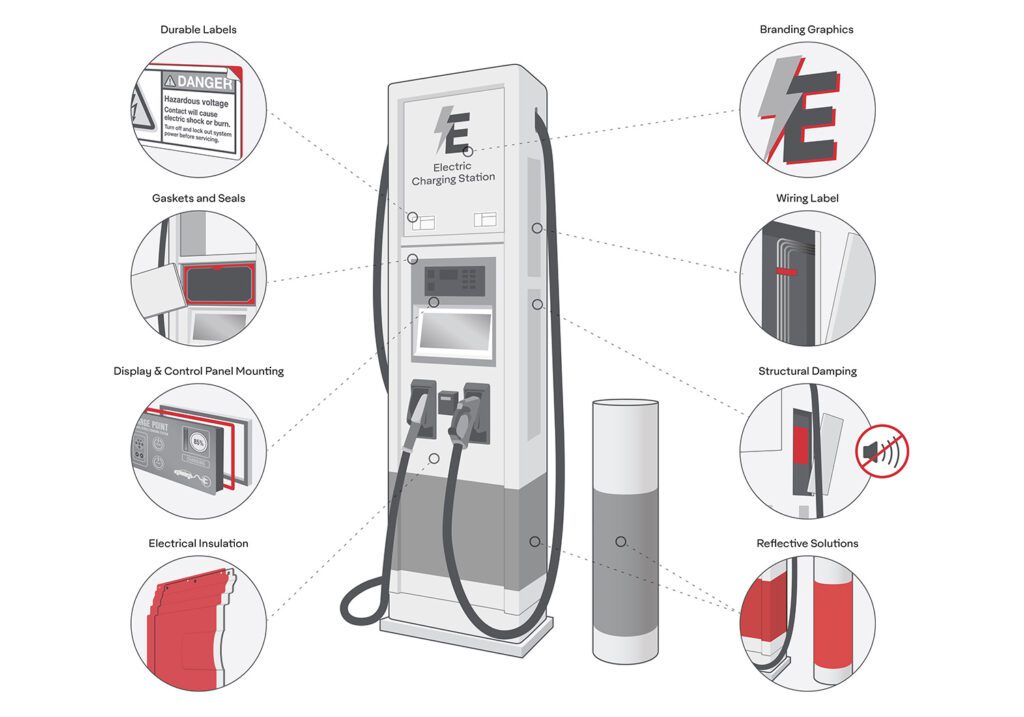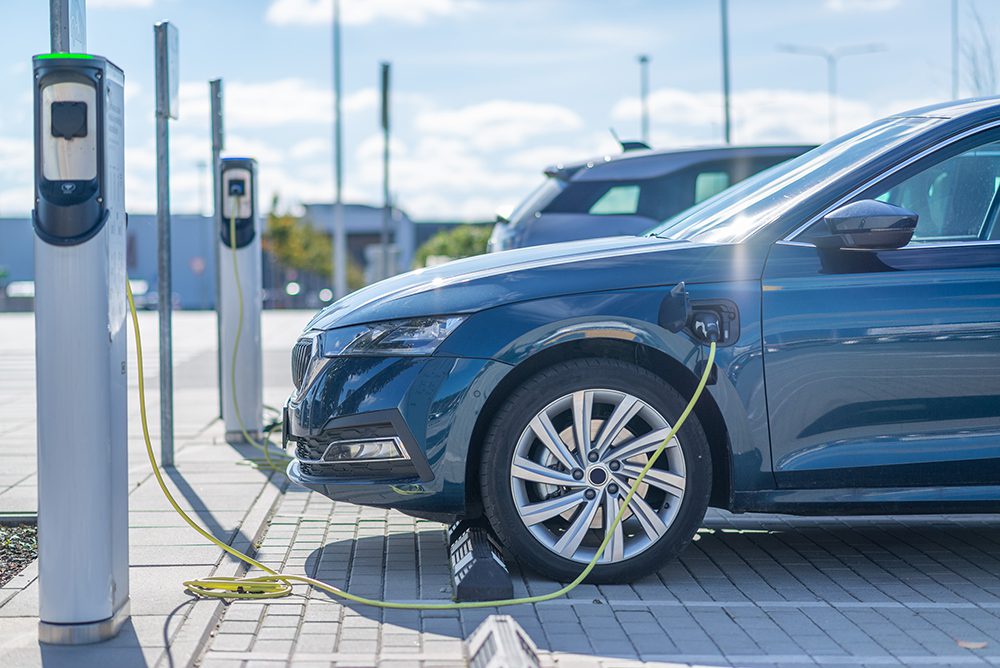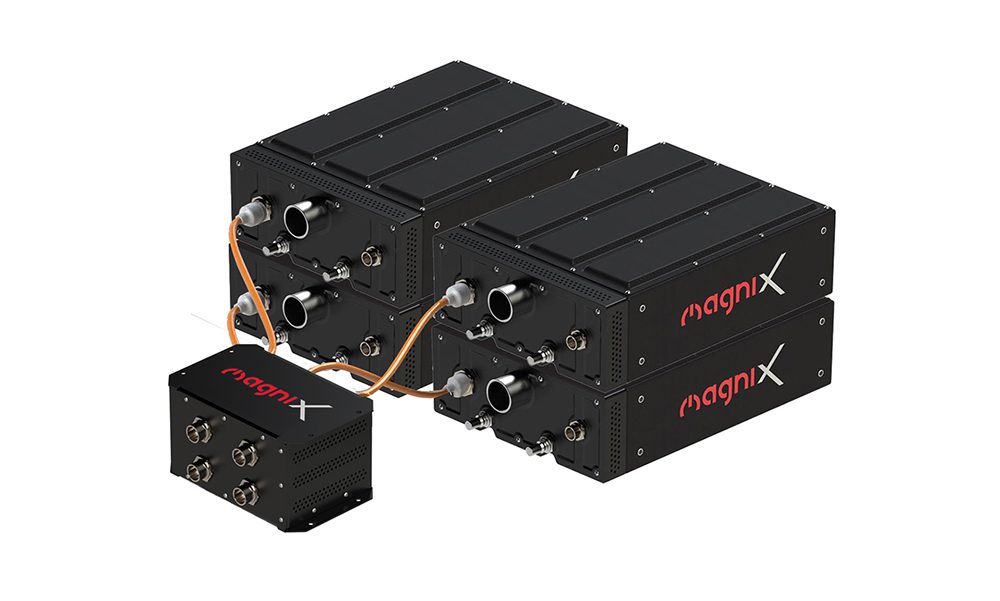Semiconductor company Silicon Labs has introduced a family of isolated analog amplifiers, voltage sensors and delta-sigma modulator (DSM) devices designed to provide accurate current and voltage measurement with very low drift across temperature.
The Texas-based company says the Si89xx family provides flexible voltage, current, and output options to help developers reduce BOM cost and shrink board space. The products are designed for industrial and green energy applications, including EV battery management and charging systems, DC-DC converters, and motor inverters.
To maximize efficiency and respond quickly to faults or changes in load, system controllers require current and voltage information from high-voltage rails. Silicon Labs’ isolation technology keeps controllers safe across wide temperature variations with 1,414 V working voltage and 13 kV bipolar surge.
Silicon Labs says the Si89xx devices provide up to three times higher common-mode transient immunity than competing products. The company also says the devices’ 75 kV/µs immunity to fast transients ensures reliable and accurate current readings in industrial applications. The Si89xx family supports a fail-safe indication to the host controller if the high-side supply voltage is not detected.
The devices provide typical offset error as low as ±40 µV and ±0.1% gain error, enabling precise measurements. Typical offset drift as low as ±0.15 µV/˚ C and typical gain drift as low as -6 ppm/˚ C ensure accuracy across temperature. The devices offer typical signal-to-noise ratio of up to 90 dB. A low-power mode automatically reduces current draw on one side of the isolation barrier to approximately 1 mA whenever voltage is removed from the other side, enabling a controller to manage power with a simple field-effect transistor.
Silicon Labs VP Brian Mirkin said, “Our isolation products continue to replace traditional optocouplers and outperform competing digital isolators, enabling higher surge performance, reliability, integration and safety for system designs requiring protection from high voltages.”
Source: Silicon Labs



























































